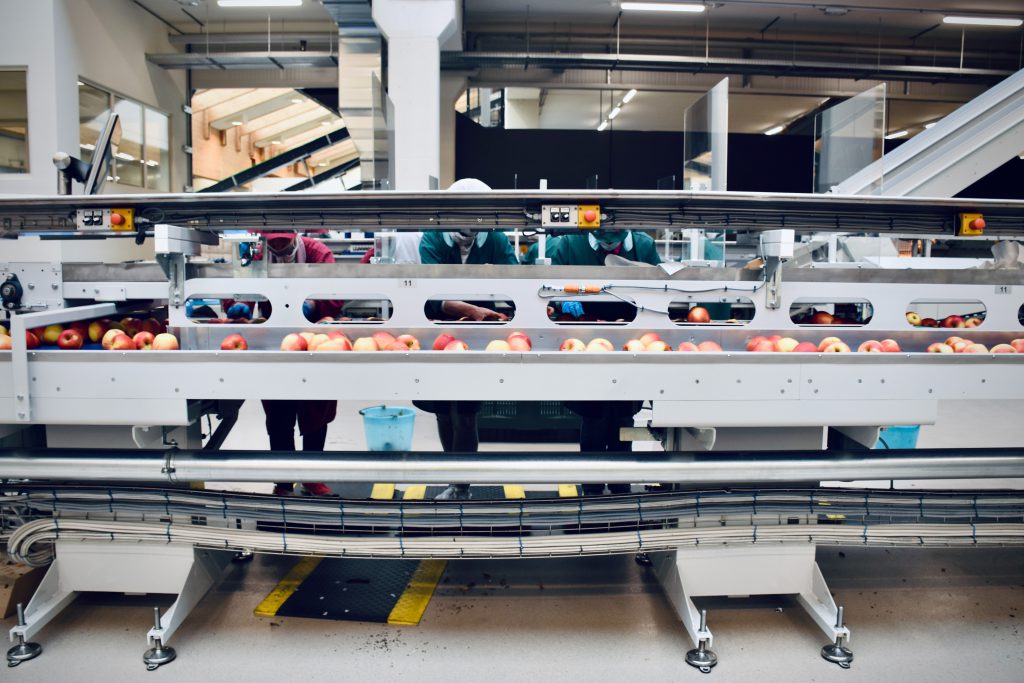
Four Ways Artificial Intelligence Is Changing the Food Industry
Photo by Arno Senoner on Unsplash
If you are working in the food industry, you currently know the importance of productivity and efficiency. You are constantly dealing with challenges like sorting fresh foods, improving the supply chain, observing food safety, and cleaning the processing machinery. Dealing with these challenges can be tricky, especially in an industry that must manage numerous consumers with different preferences and tastes.
Using AI, you can sort your products with minimum wastage. You can manufacture your foods based on your customers’ preferences while complying with strict food safety regulations. You can also quickly sell your products using end-to-end visibility and optimized inventory.
Imagine a world where you can reserve a table using only your phone. You can go to a restaurant and browse the menu however you want and order food without thinking about your taste and preferences. A smart bot makes your job easier as it knows what you need and want and makes excellent recommendations accordingly. Finally, you leave the restaurant feeling satisfied, promising yourself to come back again.
It somehow feels like Sci-Fi movies, right? Not really. Combining AI with the food industry can bring us such a weird yet magical world.
Let’s cut to the chase and discuss four ways artificial intelligence is changing the food industry.
1. Sorting Fresh Produce
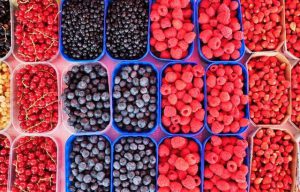
Photo by Alex Block on Unsplash
One of the most time-consuming and daunting processes for food companies is sorting out fresh produce. This requires an intensive workforce and vast resources. AI enables you to sort your fresh foods based on the end-use and optimizes usage while increasing resources.
For example, let’s say you want to sort french fries, chips, or hash browns based on size. You can program special machines and use them to deliver consistent products without worrying about each potato’s size, shape, or weight.
However, there is one downside to this uniform processing. It disregards the natural changes in potato’s size and shape, leading to increased food waste.
Some companies are using sensor-based optical sorting solutions with machine learning capabilities. These companies can identify the most suitable potatoes for the end product (crisps, french fries, or wedges) and separate them using different technologies, including cameras and near-infrared sensors. This sorting-and-peeling method enables you to reduce your wastage up to 10 percent.
Using this solution, you can also sort through your fresh delivery of tomatoes and remove off-color ones to reduce the rejection probability by the retailer or consumer.
You can achieve the following by deploying AI in sorting your fresh foods:
- Increase Your Efficiency
- Reduce Food Waste
- Boost Your Yield
- Expedite Sorting Time
- Enhance Your Customer Satisfaction
2. Improving the Supply Chain

Photo by Jacques Dillies on Unsplash
As a food specialist, you must maintain compliance and transparency, especially facing strict food safety regulations. AI can significantly help you in this situation. You can maintain accountability if you evaluate and observe food safety measures across the supply chain.
According to statistics, about 30 percent (60 tons) of all products are wasted in the United States, costing about $160 billion annually.
By 2035, Accenture predicts that AI can increase the profitability of the grocery industry by an average of 40 percent.
You can use AI to streamline the supply chain of your food company. Doing so enables you to provide practical information based on real-time data and achieve better performance and profit.
You can achieve the following by leveraging AI in the supply chain management sector:
- Pricing Transparency
- Better Food Safety
- Simple Inventory Management
- End-to-End Visibility
- Maintaining Compliance
- Reducing Wastage
AI can lead your business to end-to-end visibility in the supply chain by tracking market demand. Doing so helps you ensure that the current products are optimally assigned and dispatched, avoiding wastage.
3. Maintaining Food Safety Compliance
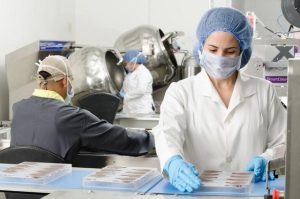
Photo by Walter Otto on Unsplash
Undoubtedly, food safety is the most critical factor in the food industry and you can rely on AI to ensure your product’s safety. You should begin this process by maintaining good personal hygiene in the kitchen.
Food plants and restaurant kitchens face common challenges in this area, including excessive use of human resources, weak monitoring capabilities, and manual video checks and reviews.
You can use AI to boost personal hygiene among your food workers by combining technologies like cameras (to monitor workers), face recognition software, and object-recognition software.
Maintaining standard safety will be made easy by using proper gear. It ensures safety laws by reviewing the recorded images if you ever detect any violation. AI can improve your accuracy by up to 96 percent.
You can achieve the following by using AI in kitchens and manufacturing floors:
- Uniform Recognition
- Life Cycle Supervision
- Real-time Monitoring
- Scanning Sanitized Hands
- Identifying Clothing [hats, aprons, hairnets, gloves, masks]
- Behavior Pose Detection
- Smart Enforcement
- Trash Can Detection
- Pest and Rodent Detection
- Disinfection Detection
4. Cleaning the Processing Machinery

Photo by JESHOOTS.COM on Unsplash
When you deal with food daily, you need to spend a lot of time and effort cleaning them regularly. This path leads to large amounts of water, consumables, and human resources. It also increases energy consumption, reduces employees’ productivity, needs excessive chemicals, and creates a toxic environment.
You can use AI to reduce cleaning time and resources by 30 percent on average using visual and auditory systems like ultraviolet, optical fluorescence imaging, and ultrasonic acoustic sensors. These systems help identify and track food residue and microbial debris found on various machines. Plus, your staff can reduce their cleaning times by up to 50 percent, leading to more productivity and less downtime. Experts predict that the UK food industry can save about £100 million per annum.
The Road Ahead
With advanced sensors, end-to-end visibility, and an adequate understanding of consumer choices, AI is certainly here to stay in the food industry.
AI provides a comprehensive understanding of intent and context so you can identify customer behavior, expectations, needs, and purchase decisions.
Combined with ML, AI enables you to drive brand loyalty, better nutrition, and reduced food wastage using data analytics.
If you are interested in learning more about AI and its applications in the Food Industry or would like to contribute to this field, visit THIS LINK to explore further information and get involved.

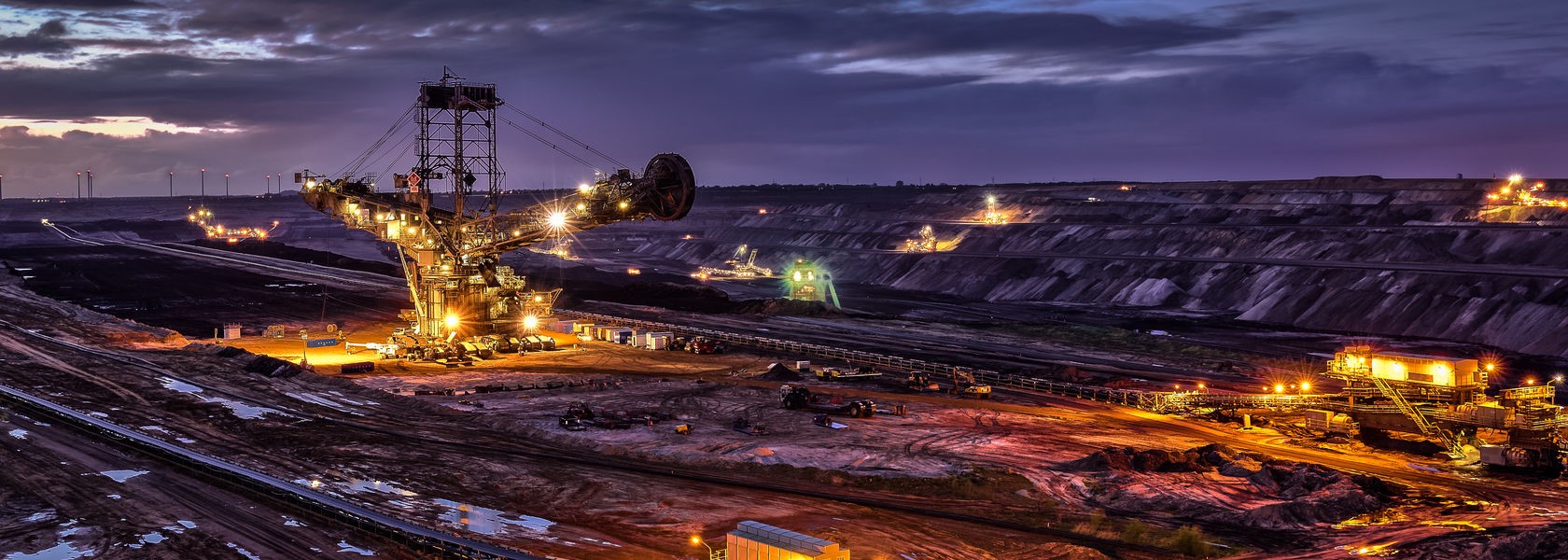
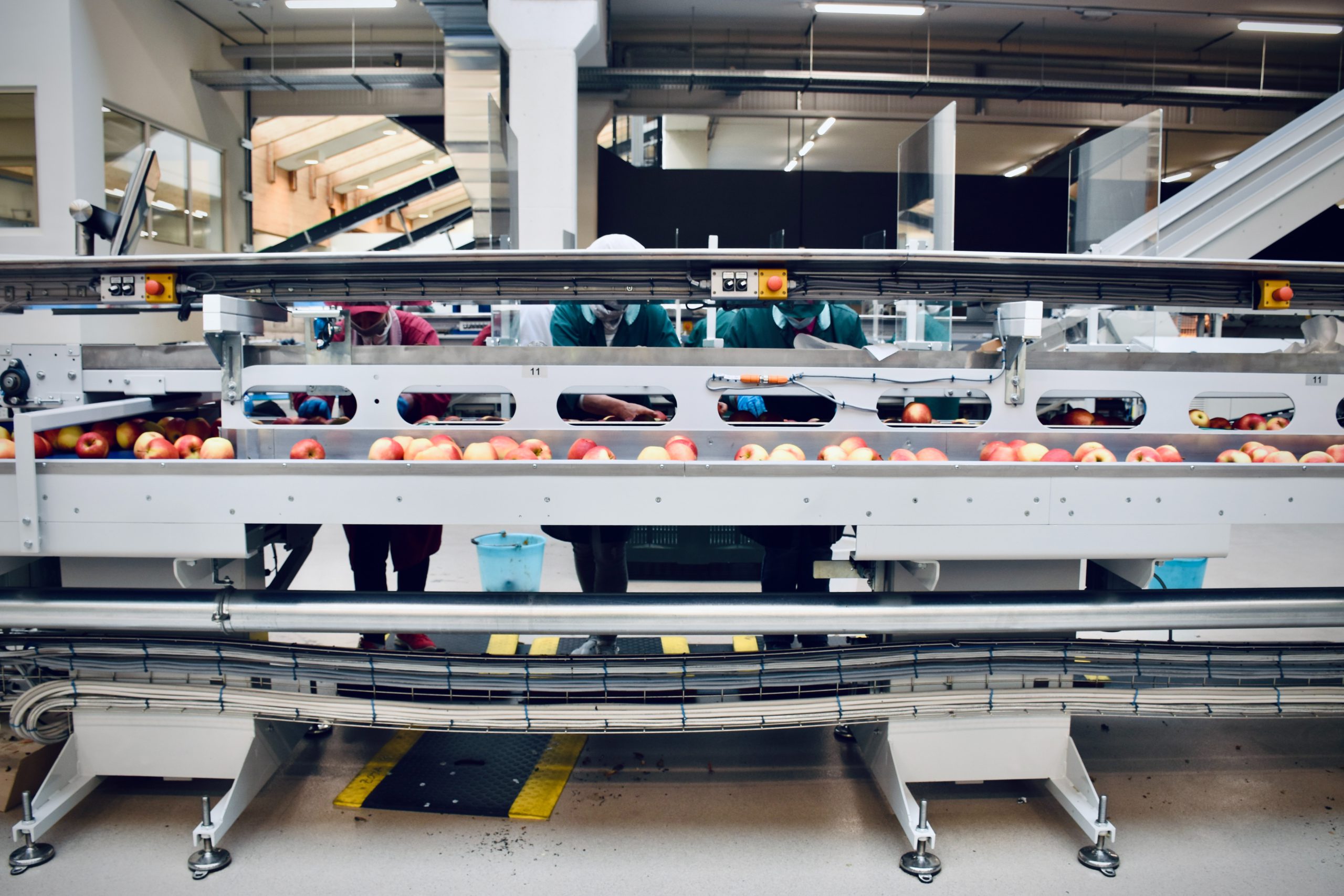




Responses